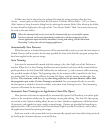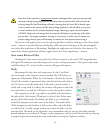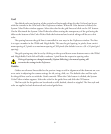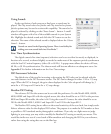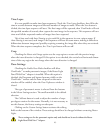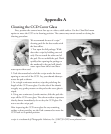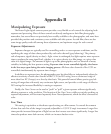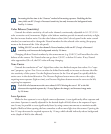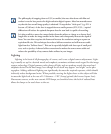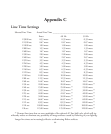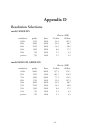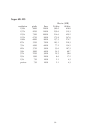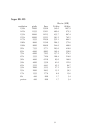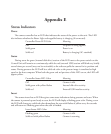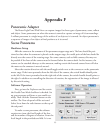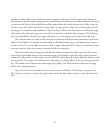
87
e philosophy of stopping down to f/32 (or smaller) that was often done with film and
strobes is not the best practice for high-resolution digital capture. Most lens manufacturers
say that the best overall image quality is obtained 2 f-stops below “wide open” (e.g. f/11 is
best on a f/5.6 lens). As the lens is stopped down to small apertures (f/22, f/32,...) optical
diffraction will reduce the optimal sharpness that the scan back is capable of recording.
It is also possible to move the camera farther from the subject or change to a shorter focal
length lens to make the image smaller in the frame and consequently increase the depth of
focus. You can often crop into the frame and increase the resolution setting to capture an
equivalent file size. is technique also reduces bellows extension and will increase usable
light from less “bellows factor”. is can be especially helpful with close-ups of small prod
-
ucts, such as jewelry. A shorter bellows extension also makes the camera more stable and
reduces the possibility of any camera shake artifacts in your images.
Lighting
Lighting is the basis of all photography, of course, and is not a digital camera adjustment. Light-
ing is usually set up for a desired mood and emphasis, sometimes without much regard for the image
capture technology. Digital cameras prefer plenty of light, and can produce exactly the mood and
emphasis desired in the final image, even though the set itself may appear “too bright” to the pho
-
tographer. Adding additional lighting can significantly decrease the required exposure, which should
indirectly reduce background noise. When possible, moving the lights closer to the subject will also
increase the light level at the rate of 1/2 distance = 2 EV (f-stop) gained (the Inverse Square Law).
Fluorescent sources, or the new ceramic HID lamps, are beneficial since the lack of radiated heat
allows the lamps to be used closer to the set.



